
BOOTH GIRLS
BOOTH GIRLS
Pregnancy, Adoption, and the Secrets We Kept
KIM HEIKKILA

Text 2021 by Kim Heikkila. Other materials copyright 2021 by the Minnesota Historical Society. All rights reserved. No part of this book may be used or reproduced in any manner whatsoever without written permission except in the case of brief quotations embodied in critical articles and reviews. For information, write to the Minnesota Historical Society Press, 345 Kellogg Blvd. W., St. Paul, MN 551021906.
Portions of this story have been told in the following publications:
Kim Heikkila, Brighter and Better for Every Person: Building the New Salvation Army Rescue Home of St. Paul, 1913, Ramsey County History (Spring 2016): 311.
Kim Heikkila, A Childs Sorrow, in Inside and Out: Womens Truths, Womens Stories: Essays from the Story Circle Network (Georgetown, TX: Story Circle Network, 2017), 106-9.
Kim Heikkila, Everybody Thinks Its Right to Give the Child Away: Unwed Mothers at Booth Memorial Hospital, 19611963, Minnesota History 65, no. 6 (Summer 2017): 22941.
Kim Heikkila, Insomnia, Under the Gum Tree (October 2016): 2031.
Kim Heikkila, My Mother Got in Trouble in 1960s Minnesota, Minneapolis Star Tribune, April 30, 2016.
Kim Heikkila, Sparring with Infertility, Broad! eZine (Summer 2014), https://issuu.com/broadzine/docs/mothers.
Unless otherwise noted, photographs are from the authors collection.
mnhspress.org
The Minnesota Historical Society Press is a member of the Association of University Presses.
Manufactured in the United States of America
10 9 8 7 6 5 4 3 2 1
 A The paper used in this publication meets the minimum requirements of the American National Standard for Information SciencesPermanence for Printed Library Materials, ANSI Z39.481984.
A The paper used in this publication meets the minimum requirements of the American National Standard for Information SciencesPermanence for Printed Library Materials, ANSI Z39.481984.
International Standard Book Number
ISBN: 978-1-68134-190-3 (paper)
ISBN: 978-1-68134-191-0 (e-book)
Library of Congress Control Number: 2020950675
This and other MNHS Press books are available from popular e-book vendors.
To all the mothers whose children
have been raised by others
CONTENTS
A NOTE ABOUT LANGUAGE
THE TERMS USED TO DESCRIBE ADOPTION and the people whose lives it most directly affects are as fraught as the practice itself, conveying different sympathies and stigmas depending on who is speaking to whom and when. Adoption language, like adoption itself, has a history. When my husband and I went through training at our adoption agency in 200506, we were taught to use positive (or respectful) adoption language (PAL or RAL), a concept first advanced by adoption social worker Marietta Spencer of Childrens Home Society of Minnesota in 197879. We and the other trainees were going to be parents of a child whose birth mother had made an adoption plan for her child, in the case of domestic infant adoption, or who was awaiting placement for international adoption. Such words, we were told, did away with outdated, hurtful terms that described natural or real parents or unwed mothers who put up, gave up, surrendered, or abandoned for adoption an illegitimate child to be raised by adoptive parents. We were also warned that insensitive people would ask us how much we had paid for our children and were advised to explain that we paid for services provided by social workers and adoption agencies, much like biological parents paid for services provided by doctors and hospitals. Children were not commodities bought and sold in an adoption market. Still, the language of the market has been widely used for decades, whether by social welfare officials who distinguished adoptions effected by licensed agencies from those that occurred in the black or gray markets, by scholars who applied the laws of supply and demand to their analysis of the transfer of children from one set of parents to another, or by critics who deplore the economic factors that force one woman to transfer her child to another.
In this book, I use many of these terms interchangeably, depending on the context in which I am writing and what I am describing. Since most of the book focuses on my mothers experience of her first pregnancy in 196061, I frequently rely on the terminology in vogue at the time, even ifor precisely becauseit carried negative connotations (e.g., unwed mother, unmarried mother, out of wedlock, illegitimate, relinquish). Single pregnant women is a more contemporary phrase intended to be more neutrally descriptive. I follow CUBs lead (at least from the late 1970s) in referring to the surrender of a child; nowhere do I describe Mom or other Booth girls as having made an adoption plan. I use the term illegitimate without quotation marks when describing ideas about behavior, but never to refer to children. Though the term was widely used at the time, and therefore is important to understanding the world in which Mom lived, I always put it in quotation marks to call attention to its contested nature. I use adoption market deliberately to refer to the economic forces underlying adoption and the inequitable position in which they place birth mothers relative to adoptive mothers. Finally, I adhere to CUBs 1978 guidance to use the term birthmotherone wordunderstanding that it, too, is troubling to many. But CUB used it as a self-identifying term of empowerment in the 1970s, and I retain it as such here. When referring to my sons mother, however, I call her his Vietnam mama/mother, only to distinguish her from me in the most basic, literal sense. She is there, I am here, and we are both his mother, though we occupy very different places in the hierarchy of power on which adoption is built. I refer to myself most often, though not only, as an adoptive mother because I believe that my route to motherhood through adoption is salient to the issues under discussion here.
BOOTH GIRLS
ORIGINS
I AM NOT A BOOTH GIRL. My mother, Sharon Lee Moore Wikstrom, was.
I first learned I had a sister in July 1994, over burgers and fries at the Ground Round in Crystal.
It was just me and Mom that night. We slid into a booth, peanut shells crunching beneath our feet. I didnt notice Moms nervousness as we snacked on salty yellow popcorn, how she barely touched her food once it arrived. I was twenty-six, married, working as an assistant probation officer, and full of myself in the way that even adult children can be with their parents. I waxed on about my unhappiness at work and frustrations at home, oblivious to Moms unease. Then, finally, she took advantage of a pause in my diatribe as I bit into my burger.
Next page


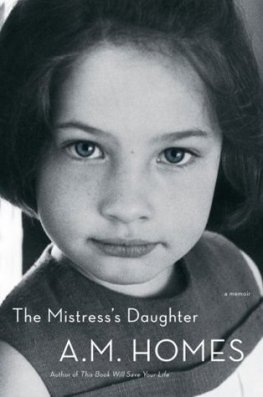
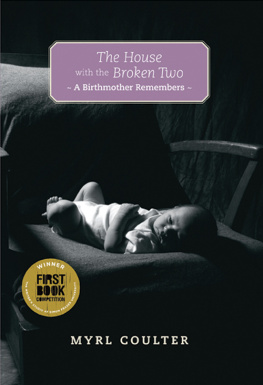

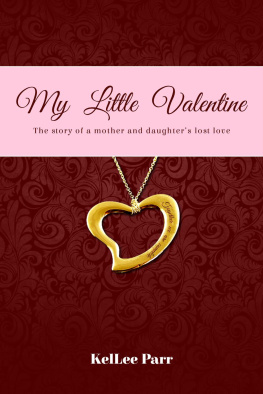

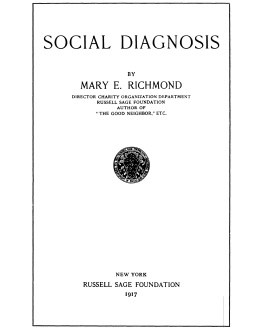
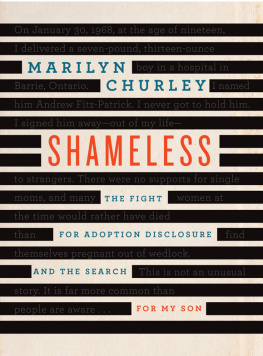




 A The paper used in this publication meets the minimum requirements of the American National Standard for Information SciencesPermanence for Printed Library Materials, ANSI Z39.481984.
A The paper used in this publication meets the minimum requirements of the American National Standard for Information SciencesPermanence for Printed Library Materials, ANSI Z39.481984.